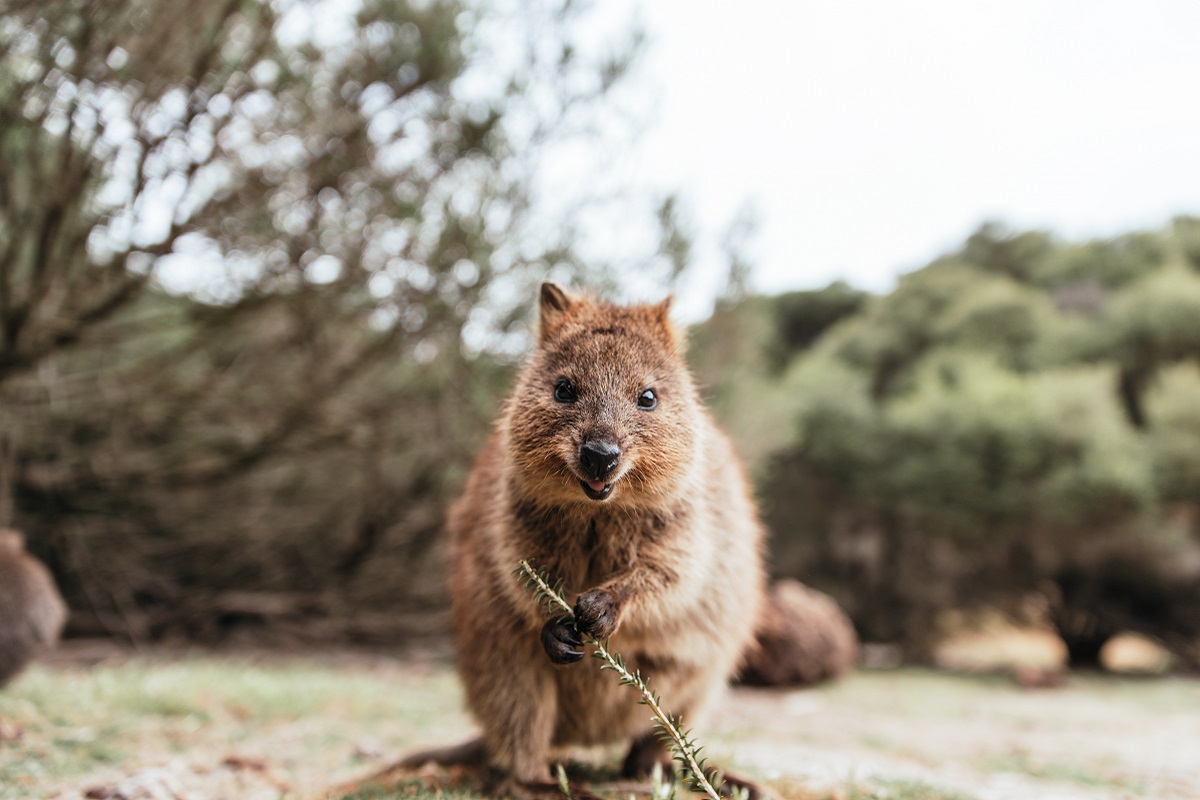Western Australia’s native species conservation program Western Shield is celebrating 25 years of helping threatened species.
Operating across 3.8 million hectares, the Department of Biodiversity, Conservation and Attractions’ (DBCA) program has directly benefited over 30 focal native species including the numbat, quokka, chuditch, and western brush wallaby.
Amber-Jade Sanderson, WA Environment Minister, said introduced foxes and cats remain the single biggest threat to the survival and persistence of our vulnerable native animals.
“Over 25 years, as one of the largest conservation programs in Australia, Western Shield has achieved remarkable success in managing feral predators such as foxes and cats.”
Research has shown that feral cats kill over 1.5 billion native animals in Australia each year, and one of the best ways to ensure the survival of native species is to control introduced predators.
“Science is key to the program’s success, with DBCA researchers developing and testing the management methods used to control introduced predators. Decades of scientific effort have refined tools that are proving effective at controlling foxes and feral cats in a range of different environments across WA.”
Foxes are another introduced predator that preys on native species, and in areas where fox management occurs there has been a threefold increase in native animal numbers while also reducing fox density by up to 80 per cent in the State’s South-West.
The program is run with support from partners including Alcoa of Australia, Tronox, Western Areas Limited, South 32 Worsley Alumina, Newmont Boddington Gold, Commonwealth Department of Defence and Ventia.
Volunteers are also able to get involved through Western Shield’s Zooniverse camera watch project, which allows people to identify and classify animals from images taken by remote cameras that are located in national parks and conservation areas around WA.

